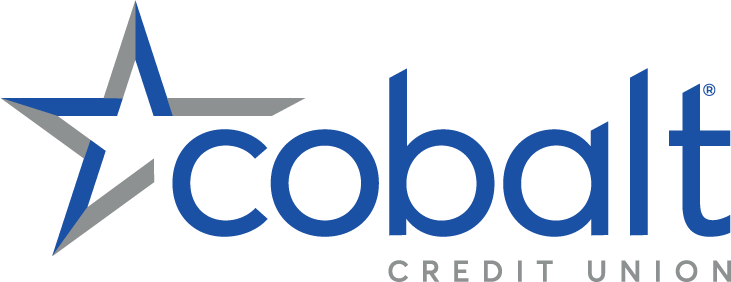
In a world where information changes hands with the simple click of a mouse, our identities are now vulnerable to a nearly infinite range of threats. If your identity is compromised, you may notice unrecognizable charges on your credit card statement or checks written in your name that you don’t remember writing. Or you might receive a call from your credit union with questions about suspicious charges or withdrawals. Learning that your identity may have been stolen can be a frightening experience, but the following steps will help to get your identity back in your hands.
Take action: Urgent first steps
If your identity has been stolen, there are several steps you should take immediately.
1. Contact credit bureaus. Because criminals can use your identity to open accounts in your name, immediately contact one of the three primary credit bureaus (Equifax, Experian, TransUnion) and request that the bureau place a free fraud alert on your file. The bureau you contact is required to notify the other two about the alert. You will also want to request a security freeze with each of the three bureaus. The freeze prevents these bureaus from releasing your credit report without your consent.
2. Check your credit report. When you contact the credit bureaus, request a copy of your credit report. Confirm that your personal information is correct and that all of the accounts listed were opened by you. If you find suspicious accounts on any of the reports, contact the creditors or financial institutions and close the accounts.
3. Contact existing creditors. If there was fraudulent activity on one of your existing accounts, contact the creditor and determine the best method of action for securing your information. In most cases, the best course of action is closing the account and opening a new account. If the activity was in a checking account, request that your credit union notify the check verification service.
Follow-up: Additional steps to stop thieves
After taking the steps listed above, complete these additional tasks for recovering from identity theft.
1. Change your passwords. Although you might find fraudulent activity on just a credit card account, it’s impossible to know how much of your other information was compromised with an identity theft. To be safe, change any PINs and your online passwords on all of your accounts, but especially on financial accounts. This article has tips for creating a secure password.
2. Create an Identity Theft Report. Report the theft to the FTC and create an Identity Theft Report. To complete the report, the FTC asks that you contact your local authorities and file a report about the fraudulent activity tied to your identity. Be sure to have as much documentation as possible about the activity to help the police solve the case of your stolen identity.
3. Be proactive. ID theft is an experience you won’t want to encounter again. To minimize your chances of identity theft in the future, take some proactive measures to help protect your information. This article discusses advanced tips and tools for protecting your identity.
We know that recovering from identity theft can be stressful, but these tips give you the right steps to take if it does happen. Be sure to download our free checklist to ensure you covered the basics.

